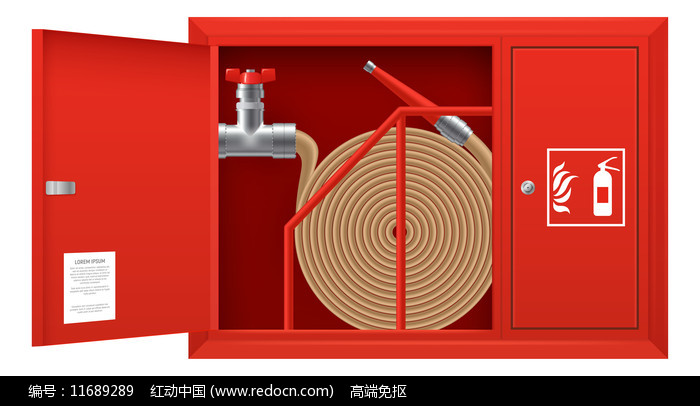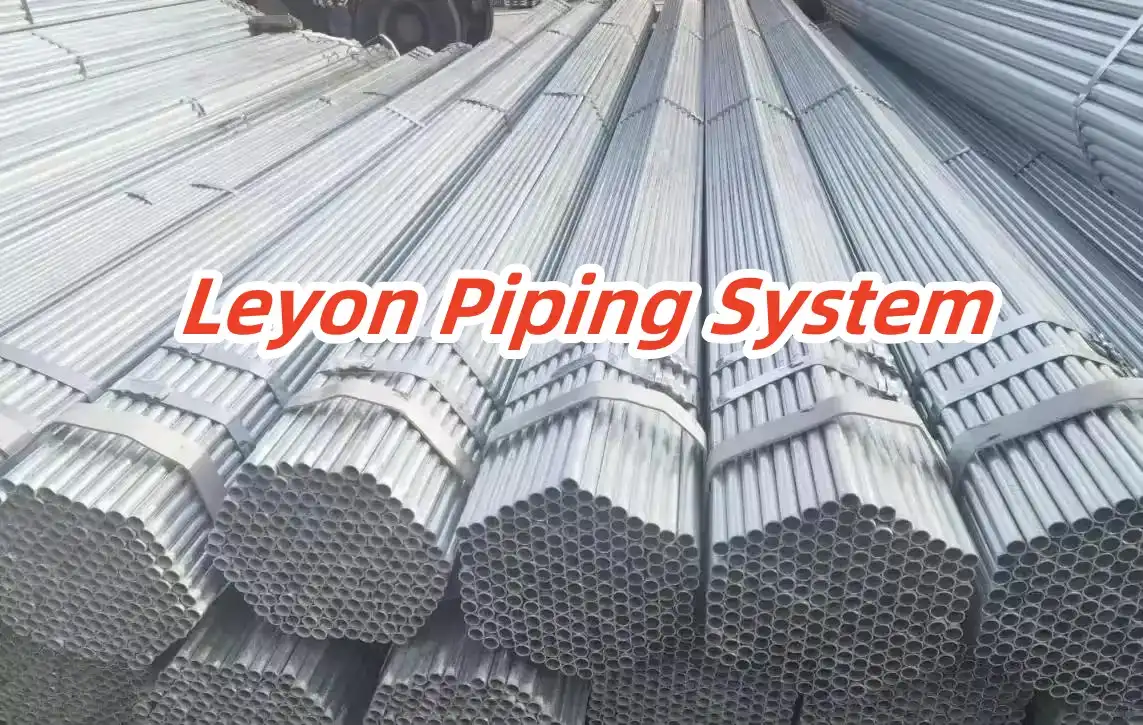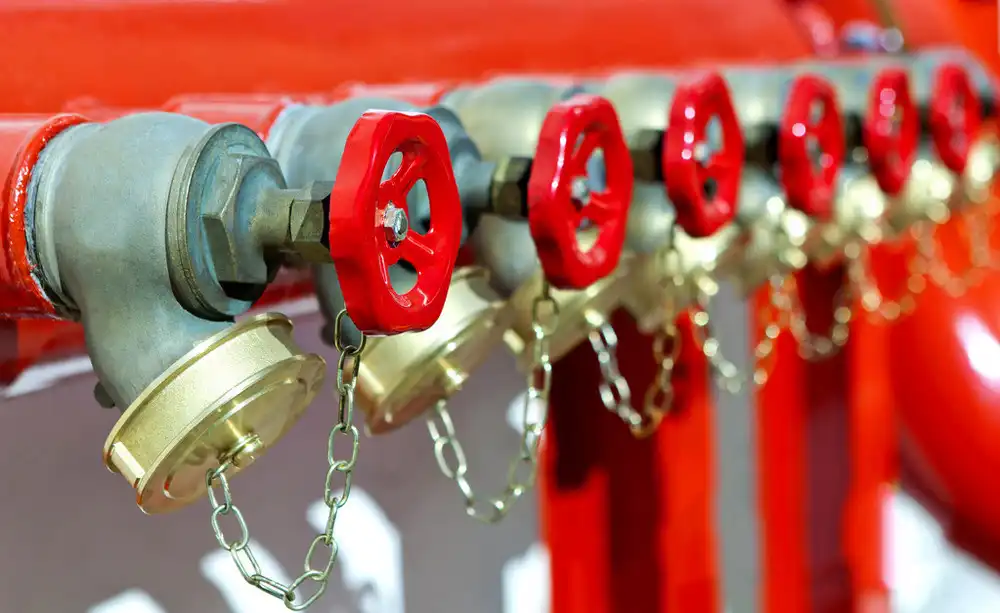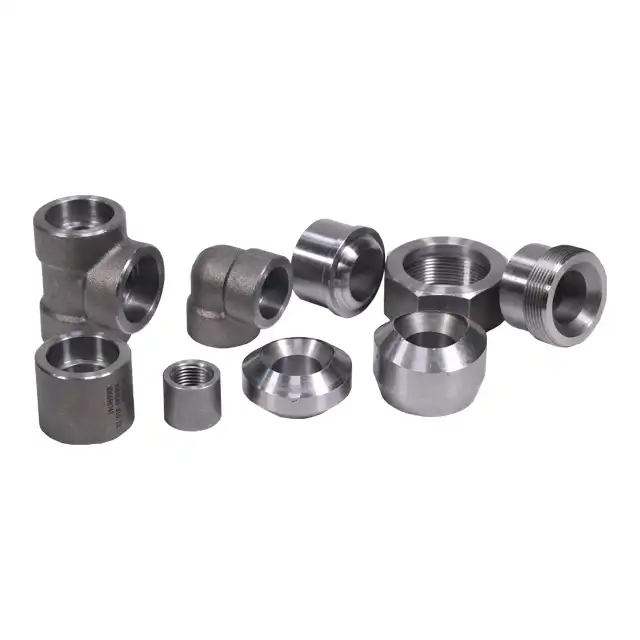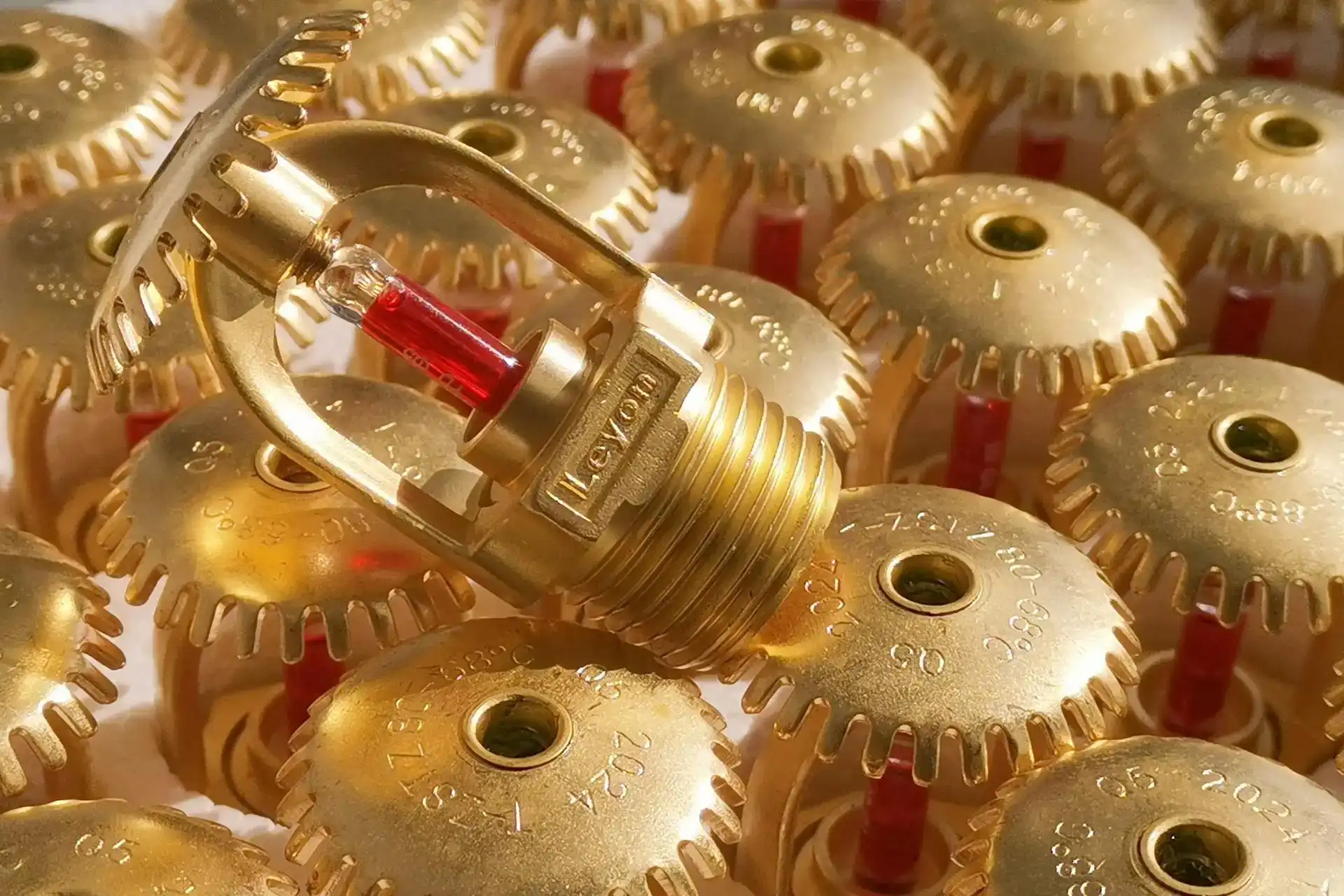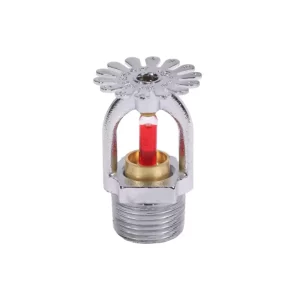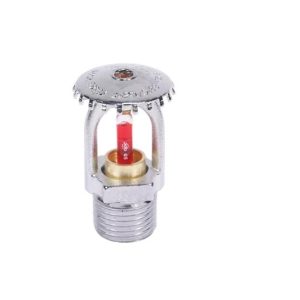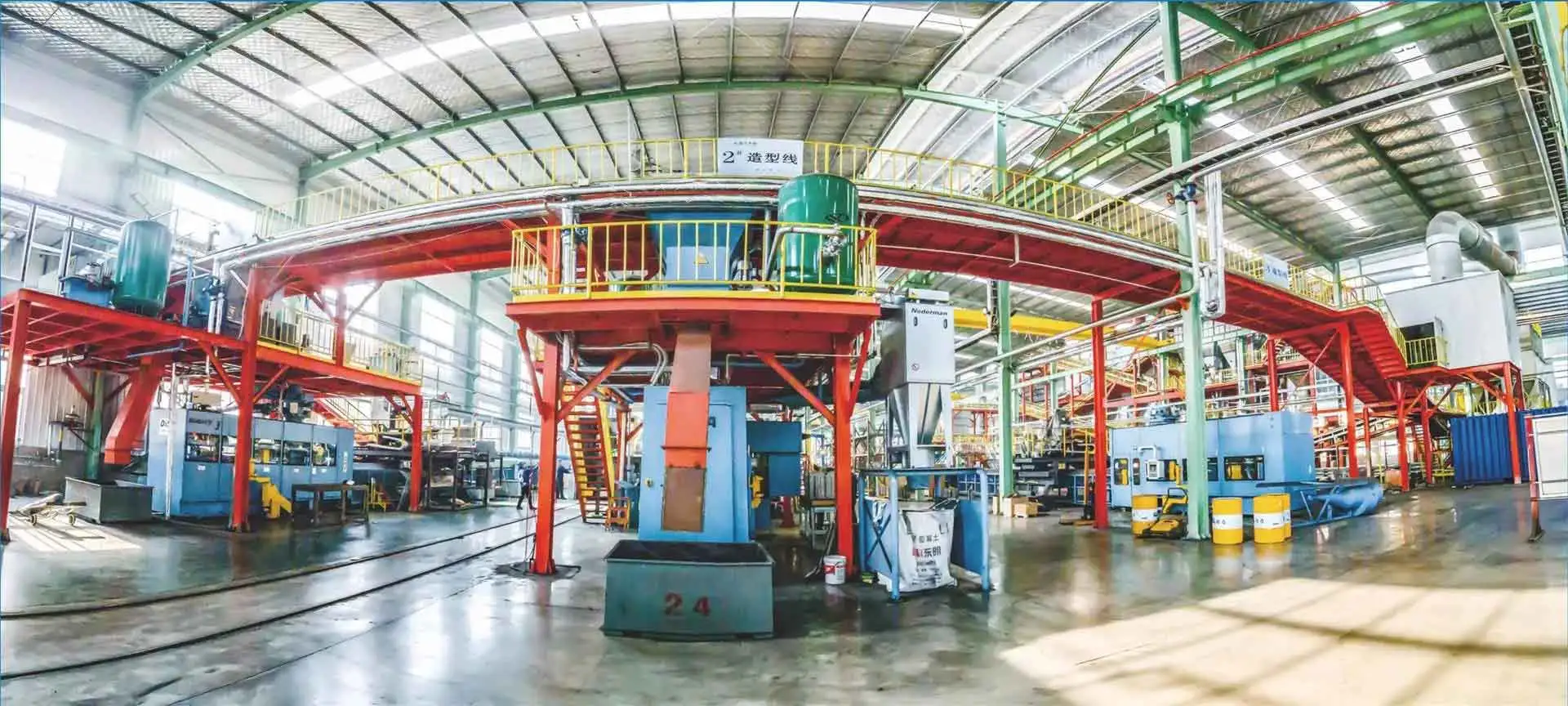Many people may have questions when facing a wide variety of sprinkler heads. What kind of sprinkler head should I choose? What are the differences in the functions and application scenarios of different sprinkler heads? What kind of sprinkler head can protect our safety more effectively?
OKay, this guide will lead us to understand the types of sprinkler heads and teach us how to choose a sprinkler head that is more suitable for us!
Understand the Types of Fire Sprinkler Heads
There are several types of fire sprinkler heads, each designed for unique applications:
- Pendent Sprinkler Heads: These are the most common type of sprinkler heads, hanging down from the ceiling. They disperse water in a circular pattern and are suitable for general use in both residential and commercial settings.
- Upright Sprinkler Heads: Positioned upward from pipes, these sprinklers are ideal for spaces with obstructions like beams or large equipment because they disperse water in a dome shape. They are often used in industrial settings and warehouses.
- Sidewall Sprinkler Heads: Designed for installation along walls or in narrow spaces where ceiling installation isn’t feasible, such as hallways and small rooms, sidewall sprinklers disperse water outward and are perfect for small residential and office spaces.
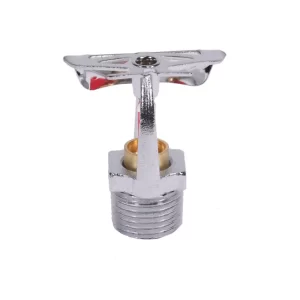
- Concealed Sprinkler Heads: These are similar to pendent sprinklers but come with a cover plate, making them less noticeable and aesthetically pleasing. The cover plate falls off in the event of a fire, activating the sprinkler.
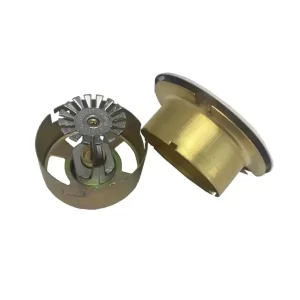
Choose the Right Temperature Rating
Sprinkler heads are temperature-rated to ensure activation when a fire actually occurs rather than from ambient heat. Temperature ratings range from 135°F (57°C) to over 500°F (260°C). Common residential sprinklers are often rated around 155°F (68°C), while industrial applications may require higher ratings. Select a sprinkler head with a temperature rating suited to the specific environment:
- Low-Temperature Environments: For standard rooms with no extreme heat sources, lower-rated sprinkler heads (135°F to 155°F) are typically used.
- High-Temperature Environments: In settings like industrial ovens, kitchens, or where machinery generates significant heat, higher-rated sprinkler heads (up to 500°F) are appropriate to avoid accidental activation.
Determine the Response Type: Standard vs. Quick Response
The response type determines how fast the sprinkler activates. There are two primary types:
- Standard Response: These sprinkler heads are typically used in warehouses and industrial buildings where controlling the spread of fire rather than immediate suppression is more critical. They release water in a larger, slower spray pattern to control the fire until firefighters arrive.
- Quick Response: Suitable for locations with high occupancy or where quick suppression is critical (like offices, schools, and residential buildings), quick response sprinklers activate faster, helping contain the fire more effectively. They release water in a wider spray pattern to cool the area quickly, slowing fire spread.
Consider Spray Coverage and Water Distribution
Sprinkler heads come with different spray patterns to ensure comprehensive coverage:
- Full-Spray Coverage: Typically used in open areas like warehouses, full-spray sprinklers offer a broad water distribution pattern, suitable for large, unobstructed spaces.
- Extended Coverage: Some sprinkler heads are designed to cover more area than standard sprinklers. This can be beneficial in large spaces, allowing for fewer sprinkler heads in the installation.
- Special Application Nozzles: In unique settings like commercial kitchens, there are special sprinkler nozzles specifically designed for grease fires and areas with high fire risks.
Evaluate Material and Finish Options
Sprinkler heads come in different materials and finishes to suit various environmental needs:
- Corrosion-Resistant Coatings: For areas with high humidity, salt exposure, or chemicals (like coastal locations or certain factories), choosing sprinkler heads with corrosion-resistant coatings is essential.
- Decorative Finishes: In spaces where appearance is essential, such as offices, hotels, or residential buildings, sprinkler heads with finishes like chrome or brass provide an aesthetic advantage without compromising safety.
Compliance with Local Fire Codes
Fire codes vary based on location and building type, so consult local fire authorities or a fire protection engineer to ensure compliance. Local regulations may specify the type, placement, and number of sprinkler heads required.
Additional Considerations: Cost and Maintenance
Cost can vary widely depending on the sprinkler head type, material, and finish. Concealed or decorative sprinklers may be more expensive than standard models, but the investment can be worthwhile for residential or commercial spaces prioritizing aesthetics. Additionally, consider ease of maintenance—choose reliable models that can be inspected and replaced easily, as regular checks are essential for optimal safety.
Choosing the Right Fire Sprinkler Head
Selecting fire sprinkler heads or designing sprinkler systems requires specialized design expertise, so it’s essential to work with a qualified fire protection designer. However, knowing the basics can help you understand your options and communicate effectively about your project.
For any fire sprinkler system or fire protection component, safety and code compliance must come first. A trained fire protection designer will assess the unique needs of your building, coordinating with contractors, designers, and architects to ensure the system integrates seamlessly with the building’s design while providing optimal fire protection.

